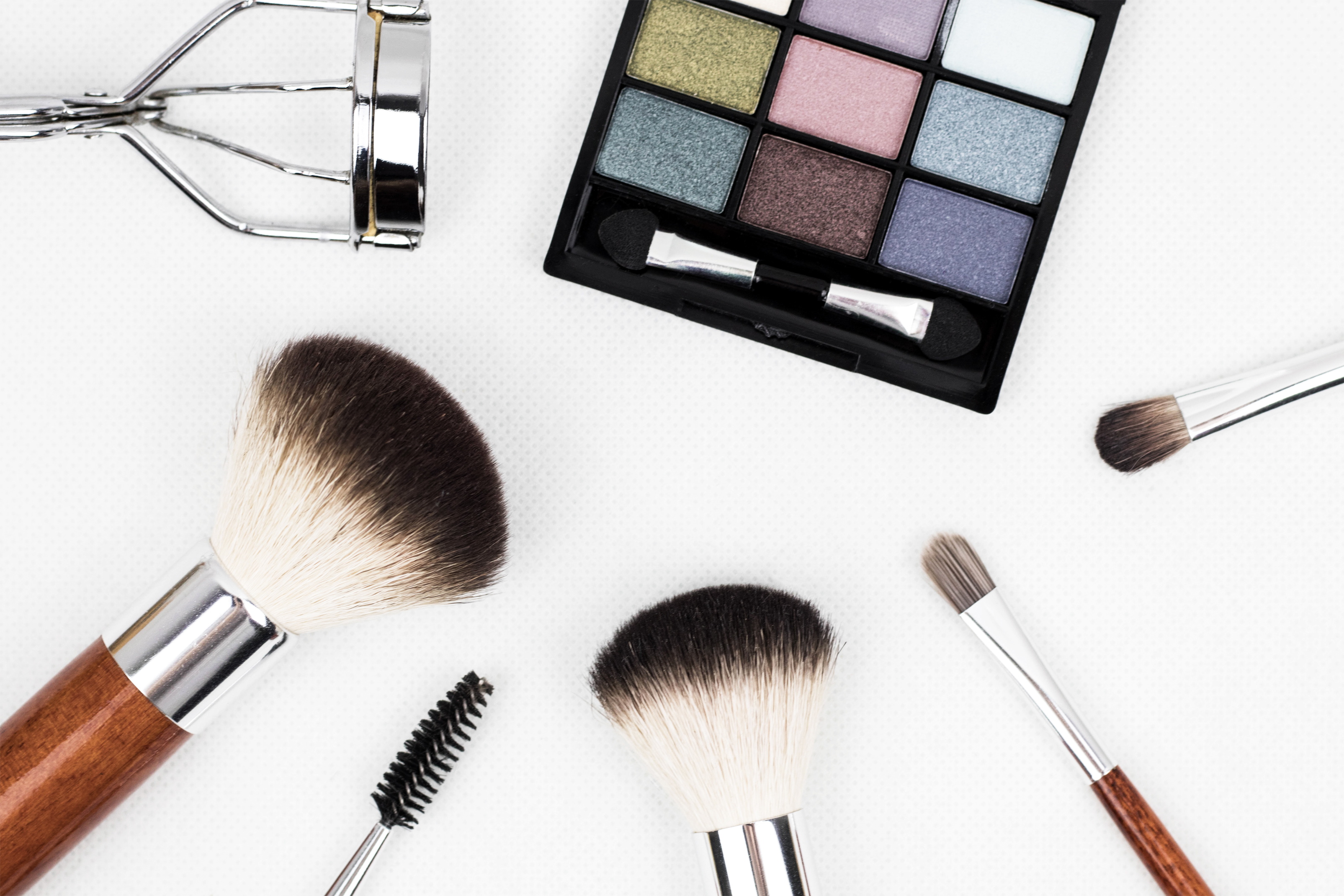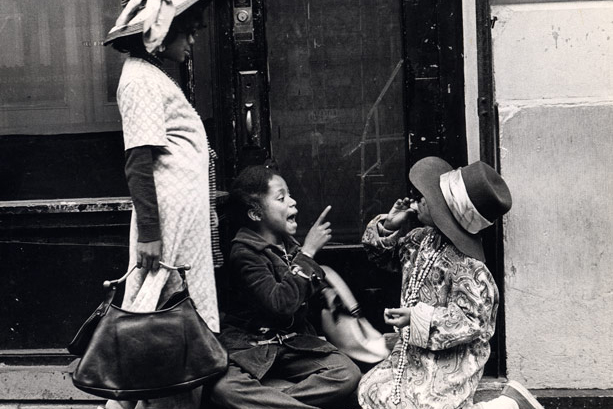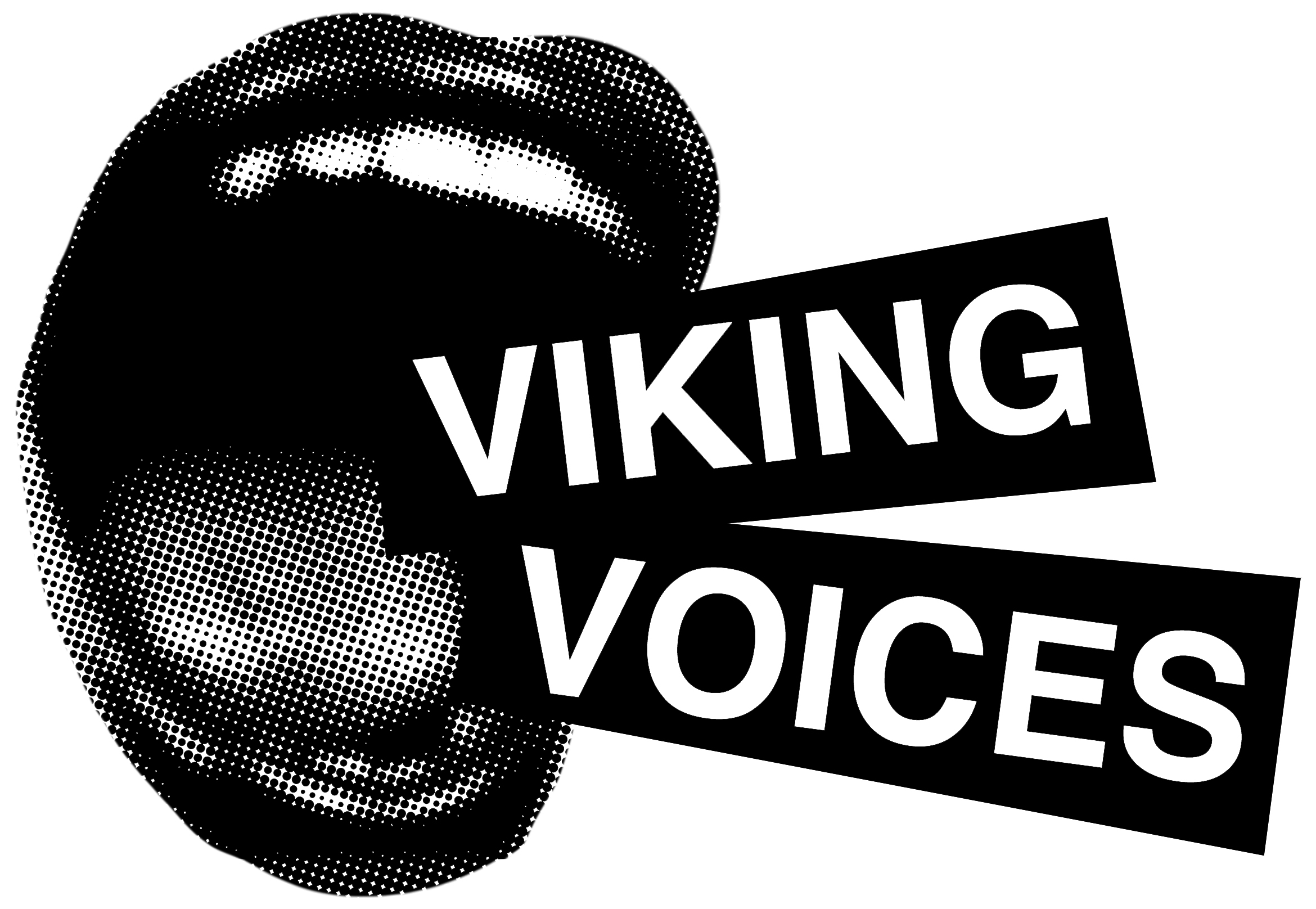The practice of animal testing consists of conducting experiments for commercial products on animals to ensure they’re safe for human consumption or use. Companies breed animals such as cats, dogs, and rabbits within laboratories, confine them in cages, and strap them down to forcibly test products and drugs. Animals are bred solely for product testing. These grotesque environments resemble puppy and kitten mills in purpose and function, and one question comes to my mind: If human volunteer recruits exist, why test on animals? Why not think of a more humane way to test these products? Why not make the products with organic, vegan ingredients that won’t harm a person or animal in the first place?
Most of the time, brands will put out a notice about their cruelty-free practices, but some allow for exceptions. The full truth is hard to distinguish sometimes. For example, MAC Cosmetics claims to “be a leader in the movement to end animal testing globally.” However, the company website also says China, a country that sells their products, tests on animals, and in these cases an “exception” is made. If a company wants to lead the way toward cruelty-free beauty products, shouldn’t it be consistent? If a company tests on animals in any country for any reason, it is not cruelty-free and is not a leader to end animal testing.
Most of the time, popular brands are owned by an even larger company, and if that larger company allows animal testing in any way or allows the use of animal-tested ingredients within their products, the brands they own also perpetuate the practice. Estee Lauder owns MAC, Clinique, Bobbi Brown, and Bumble & Bumble. Procter & Gamble owns Olay, Crest Toothpaste, Old Spice, and many more.
But don’t get discouraged yet. Many brands care about our furry friends! If you are searching for makeup or beauty products including shampoo, lotion and face wash, just look for a tiny bunny symbol on the back of the bottle or compact. This means that the product is cruelty-free. In some cases, there is no bunny, but a statement such as “not tested on animals” is included on the label. If neither of these appears on the product, always research the product. Sometimes brands don’t have anything on their product about cruelty-free policies. It may take some digging, but it’s well worth it to know you aren’t condoning or perpetuating this cruel commercial practice. I have always found Cruelty Free Kitty as an updated source for what brands to avoid and what brands to use.






